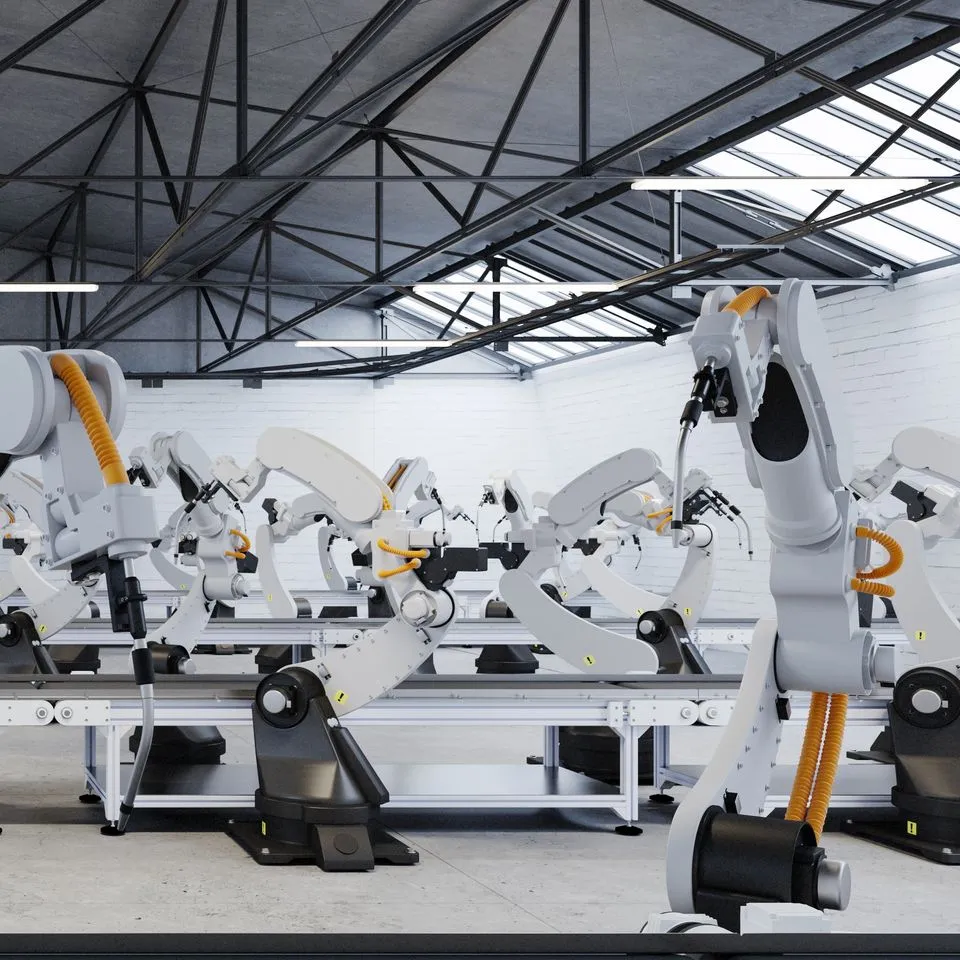The Strategic Imperative for Cleaner, Greener Data


The connection between sustainability and the bottom line
The name John Elkington may not be a familiar one, yet he transformed the way businesses measure performance, and some might say he changed the world. Elkington is responsible for introducing the concept of the triple bottom line – people, planet, and profits – encouraging businesses to measure social and environmental impact along with financial and operational performance. While businesses were the most significant contributors to pollution and emissions, he recognized that they also held the keys to driving positive change. It worked. Businesses began to incorporate social responsibility into their strategies. At first, efforts came in the form of philanthropy, donations, and volunteerism, which helped to move the needle on sustainability, but not enough to make the change needed. However, over time and with regulatory and compliance pressure, organizations began to make meaningful changes that resulted in efficiencies and lower emissions. As efficiencies improved, costs began to go down, and businesses gradually began to see the connection between sustainability and the bottom line.
Today, the triple bottom line is not just a concept; it is a reality embraced by corporations, as well as consumers and investors – and one that is providing significant benefits. Analysis by Boston Consulting Group (BCG) shows that companies focused on societal impacts have higher revenues, higher valuation multiples, and lower regulatory risk(1) . As a result, more investors have begun focusing on environmental, social, and governance metrics when making decisions. And consumers feel the same way. Research from IBM(2) found that 57 percent of US consumers would change their purchasing habits to reduce negative environmental impact. Further, 71 percent indicated that traceability is essential, and they would be willing to pay a premium for brands that provide it. The bottom line is that sustainability improves business performance, reduces costs, builds resiliency, and mitigates risks.


The Data and Sustainability Connection
As sustainability transitioned from a nice-to-have into a strategic imperative for businesses, another phenomenon was taking place – the data explosion. Every day, people produce 2.5 quintillion bytes of data, which is expected to reach 463 exabytes per day by 2025. This data explosion is attributed to data created by the Internet of Things, streaming services, social media, artificial intelligence, and quickly coming to the forefront, blockchain technology.
All this data needs to be managed, processed, and stored, resulting in the need for more and bigger data centers. In 2010, data centers held two zettabytes of information, and in 2022, that number is expected to reach 97 zettabytes. Data center builders and operators are busy trying to meet the demand, and acquire the energy needed to run them. Data centers are one of the biggest energy consumers, using 3 percent of total global electricity demand and contributing 2 percent of global carbon emissions (and this increased to 5-7% during the pandemic). If we continue on our current path, by 2040, it is expected that 14 percent of global emissions could come from data centers.
Just like any other part of their supply chain, whether managing their own data centers or outsourcing to a third-party provider, businesses must now examine the sustainability of their data. So what are data centers doing to better understand and reduce carbon emissions? Are they looking beyond efficiency and pursuing innovative strategies that make better use of their resources? Have they committed to a carbon-neutral future?
To achieve the goal of decarbonization, there are critical areas for data centers to address:
- Power Supply – Today, much electricity is still generated using fossil fuels, and as noted before, data centers consume a lot of power. By shifting to renewable energy, data centers can make great strides toward decarbonization. Tech companies and data center providers are already among the most significant corporate buyers of clean power – mostly through renewable energy credits. But they will need to source more of their energy directly from renewables in the future.
- Cooling Systems – The large data centers use about 40 percent of their energy to keep servers cool. Innovations in liquid cooling, where servers are immersed in racks filled with coolant, have proven effective in reducing the energy needed to keep servers cool. Artificial intelligence has also been shown to cut cooling costs by using machine learning to apply the optimum amount of cooling at a given time.
- Embedded Emissions – For new data center construction, in particular, embedded emissions need to be considered. Embedded carbon consists of the sum of all greenhouse gases to gather, manufacture, and install building materials. Ensuring design and construction teams have created strategies to reduce the environmental impact of building and tracking materials through the supply chain process can help businesses understand the true environmental impact of a data center project.
Collecting the required data to even assess and report on where the datacenter is in its sustainability journey is incredibly messy and difficult today. Making data cleaner and greener will require greater communication and cooperation among leadership, sustainability teams and data center operations teams. Measuring the sustainability of data centers will need to go beyond Power Usage Efficiency (PUE) to include sustainable energy management, building management, applications, emissions, e-waste, and more. Organizations will also need to invest in tools that facilitate data collection and communication, while automating and streamlining the measurement and management of data centers to support the longer-term goal of data center decarbonization. Simply said, you can’t manage, let alone improve what you can’t measure.


Data is embedded in everything we do today, and will be even more so in the future. Businesses have come to realize the economic value of data and its strategic importance for their future. The positive impact data can have on operations, planning, and innovation should not be understated. As such, data has become an integral part of the supply chain. Businesses that understand the value of data, and the positive impact sustainability initiatives on their strategy and overall financial performance will be the ones that thrive in the future. Holding data centers to the same sustainability standards as the rest of the supply chain will keep investors interested, customers satisfied and result in a bottom line that would make John Elkington proud.



